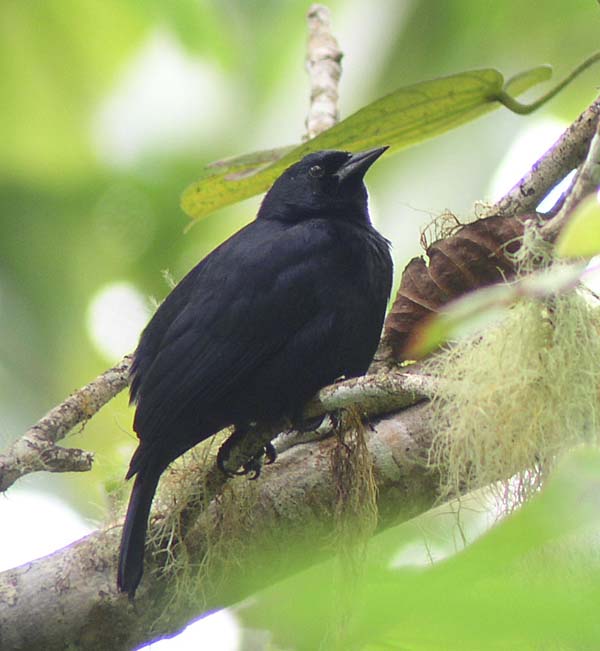The Jamaican Blackbird is a small bird covered with black feathers, as the name suggests. What’s interesting to know is that majority of this bird’s life is spend with its partner, making it monogamous. It is considered to be heard more than sees, primarily because of its distinctive songs and call for its partner. Unfortunately, this bird is also the most endangered in Jamaica.
Physical Description and Behavior
The blackbird has a pointed and curved bill and has a short tail. This specie is endemic to the country of Jamaica. They spend mostly of their entire life in tree canopies. Jamaican blackbirds feed on invertebrates like insects to survive. Mostly, their diet is found on inner branches making it similar to woodpeckers. Their nests are composed primarily of orchids constructed between trunks of trees. As mentioned earlier, these birds are loyal to their partners spending the rest of their lives with just one partner. Usually, blackbirds’ eggs are laid between May and July, and it takes fourteen days for incubation, while the male blackbird is watching over the nest for possible threats.
The Jamaican blackbird has short legs but longer claws; the short tail is useful in climbing up branches. They also have adapted stronger jaws for hammering and probing.
Habitat
This bird lives on wet forests with abundant epiphytes or air plants, since they are depending on those for food. At present, it lives in one region in Jamaica, the Cockpit country to where it is protected. As you know, Jamaican blackbird is in serious threat against several factors that’s why it needs to be preserved in a specific area. In the wild, it avoids places affected by strong winds.
Main Threats
Jamaican blackbird is critically endangered. The principal threat accounts to loss of habitat. Several innovations like establishment of coffee plantations, small-scale farming and charcoal-making are responsible to destruction of their natural habitat. The blackbirds are primarily affected for they depend mostly on large trees with ferns and aerial plants for survival. As construction companies cut down trees for clearing areas to be developed, they are also cutting down the chance of these blackbirds to leave peacefully in the wild.
Photo credits to: http://birdingblogs.com/
Photo credits to: http://birdingblogs.com/

0 comments:
Post a Comment